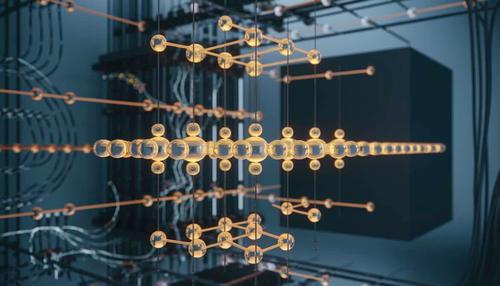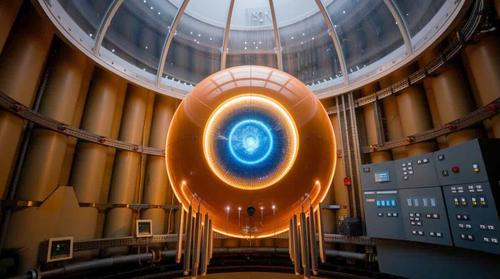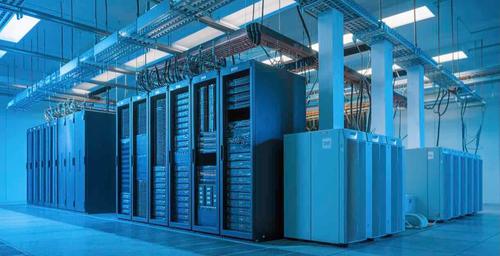Can Cerebras Systems Challenge Nvidia? A Deep Dive into the AI Chipmaker’s IPO and Potential
Cerebras Systems, an artificial intelligence (AI) chipmaker, has filed for an initial public offering (IPO) with the aim of listing on the Nasdaq under the ticker symbol “CBRS.” Founded in 2016, the company has positioned itself as a formidable competitor to industry giants like Nvidia, AMD, Intel, Microsoft, and Alphabet. This report delves into the specifics of Cerebras’ IPO filing, its financial performance, technological innovations, market position, and future prospects.
Introduction
Financial Performance
Revenue and Net Loss
Cerebras Systems has shown remarkable revenue growth over the past few years. For the first half of 2024, the company reported $136.4 million in revenue, a significant increase from $8.7 million during the same period in 2023. This represents a year-over-year growth of approximately 1467%. However, the company also reported a net loss of $66.6 million for the first half of 2024, an improvement from a net loss of $77.8 million in the same period in 2023.
For the full year of 2023, Cerebras reported a net loss of $127.2 million on revenue of $78.7 million. Despite the losses, the revenue growth indicates a strong market demand for Cerebras’ products. The company’s trailing twelve months (TTM) revenue stands at $206.48 million, with a net income loss of $115.94 million.
Investment and Valuation
Cerebras has attracted significant investment from notable venture capital firms and individual investors. Major investors include Foundation Capital, Benchmark, and Eclipse Ventures, along with individuals like OpenAI CEO Sam Altman and Sun Microsystems co-founder Andy Bechtolsheim. The company was valued at over $4 billion in a funding round in 2021.
The IPO aims to raise up to $750 million, which would provide the company with additional capital to fuel its growth and innovation. Citigroup and Barclays are leading the offering, indicating strong institutional support for the IPO.
Technological Innovations
Wafer-Scale Engine (WSE) Technology
Cerebras’ flagship product is its Wafer-Scale Engine (WSE) technology, which has set new benchmarks in the AI chip industry. The WSE-3, launched in 2024, features 900,000 AI-optimized cores and 4 trillion transistors, making it the largest commercially available AI processor. This chip is designed to compete directly with Nvidia’s H100, offering more cores and memory.
The WSE technology allows for more efficient scaling and reduced power consumption, which are critical factors in AI training and inference. The WSE-3 is 57 times larger than leading GPUs, with 52 times more compute cores, 88 times more on-chip memory, and 7,000 times more memory bandwidth.
AI Systems and Supercomputers
Cerebras has developed several AI systems based on its WSE technology. The CS-1 and CS-2 systems have been used in various sectors, including pharmaceuticals, energy, and scientific research. The CS-2, launched in April 2021, is capable of training models with up to 20 billion parameters and has been used to achieve significant reductions in AI model training times.
In November 2022, Cerebras unveiled the Andromeda Supercomputer, which combines 16 WSE-2 chips into a cluster with 13.5 million AI-optimized cores, delivering up to 1 Exaflop of AI computing power. This supercomputer has been used by organizations like GlaxoSmithKline (GSK) and Argonne National Laboratory for complex scientific workloads.
Market Position and Competition
Competitive Landscape
Cerebras operates in a highly competitive market, facing stiff competition from established players like Nvidia, AMD, Intel, Microsoft, and Alphabet. Nvidia, in particular, is a dominant force in the AI chip market, with its H100 chip being a direct competitor to Cerebras’ WSE-3.
Despite the competition, Cerebras has carved out a niche for itself with its unique wafer-scale technology. The company’s focus on AI training and inference, along with its ability to offer on-premises AI supercomputers, sets it apart from its competitors.
Revenue Dependency and Risks
One of the significant risks for Cerebras is its heavy reliance on a single customer, Group 42 Holding from the UAE, which contributed 87% of its revenue in the first half of 2024. This dependency poses a risk to the company’s financial stability, as any changes in the relationship with Group 42 could have a substantial impact on revenue.
Additionally, Cerebras faces regulatory risks related to U.S. export laws, which could affect its ability to sell its products in certain markets. The company also needs to navigate the challenges posed by higher interest rates, which have led investors to prefer profitable assets.
Strategic Positioning and Future Prospects
Market Growth and Opportunities
The AI computing market is expected to grow to $453 billion by 2027, up from $131 billion in 2023. This represents a 51% CAGR, indicating significant growth opportunities for Cerebras. The company’s innovative technology positions it well to capitalize on this market growth.
Cerebras targets various industries, including health and pharma, energy, government, scientific computing, and financial services. Its technology is utilized by leading enterprises and research institutions for developing proprietary models and training open-source models, which have collectively achieved over a million downloads.
Strategic Initiatives
Cerebras has taken several strategic initiatives to strengthen its market position. The company offers its solutions via the Cerebras Cloud and on-premises setups, enhancing accessibility to its innovative AI capabilities. This dual approach allows Cerebras to cater to a broader range of customers, from large enterprises to research institutions.
The company’s focus on sovereign AI initiatives, governments, cloud providers, and research institutions positions it well to capture a significant share of the AI infrastructure market. Cerebras’ ability to offer scalable AI supercomputers that can handle complex workloads is a key differentiator in the market.
Conclusion
Cerebras Systems’ IPO filing marks a significant milestone for the company as it seeks to capitalize on the growing demand for AI technology. The company’s innovative wafer-scale technology, strong revenue growth, and strategic positioning make it a formidable competitor in the AI chip market. However, Cerebras also faces significant risks, including heavy reliance on a single customer and intense competition from established players like Nvidia.
Overall, Cerebras’ IPO presents an exciting opportunity for investors looking to gain exposure to the rapidly growing AI market. The company’s unique technology and strategic initiatives position it well for future growth, but potential investors should also be mindful of the risks involved.


